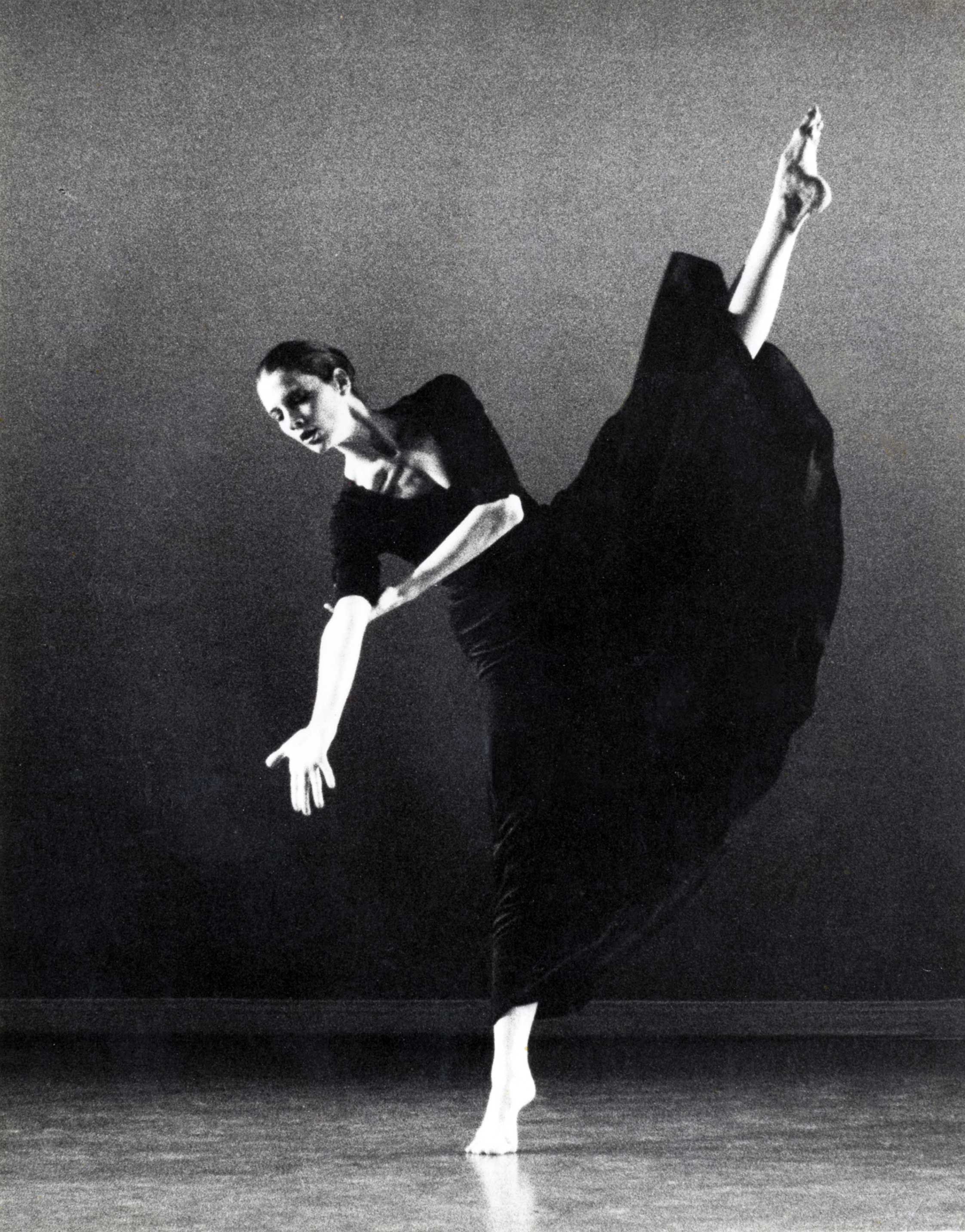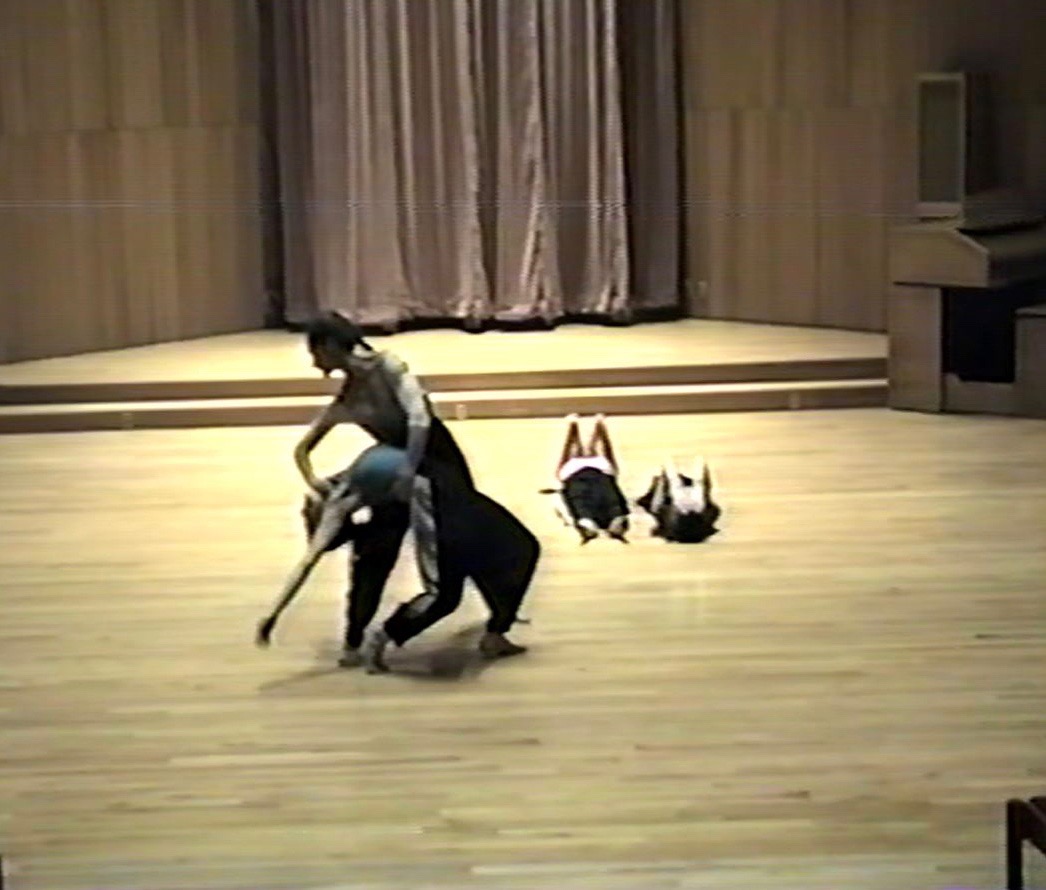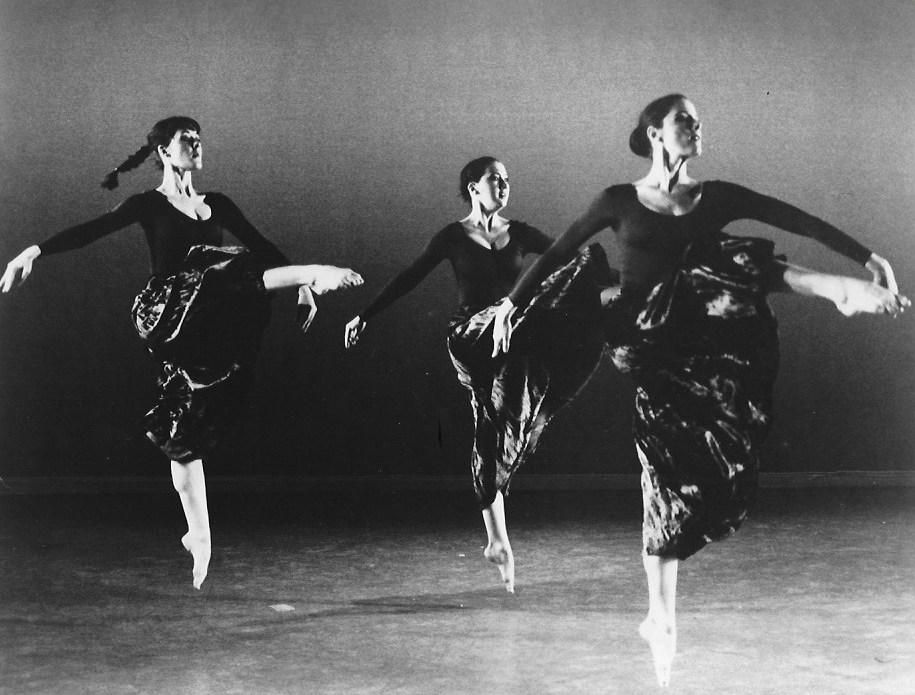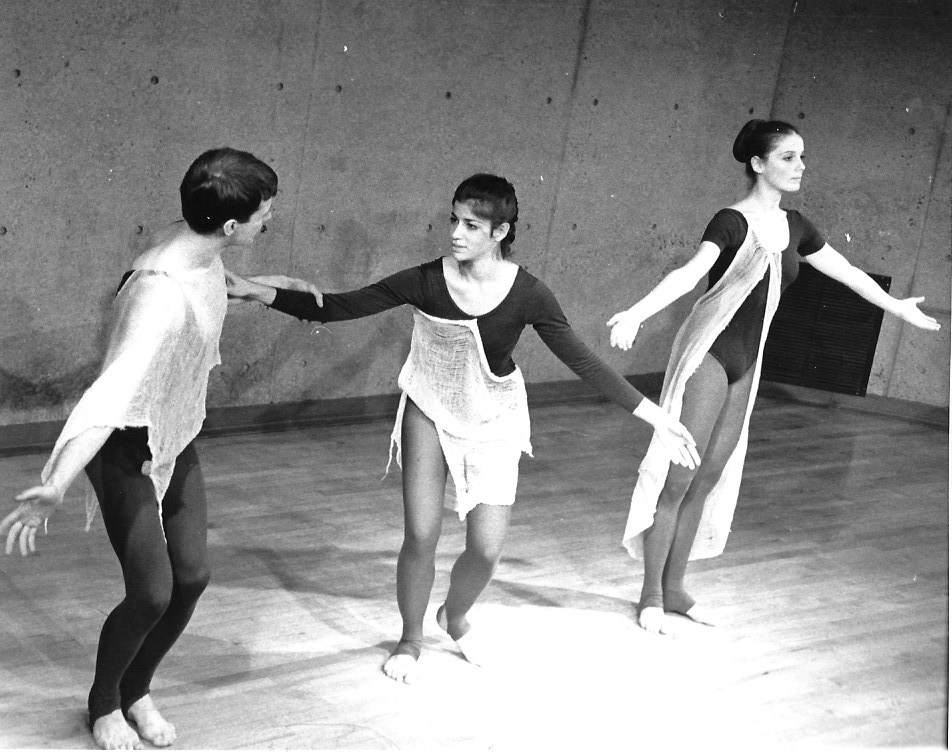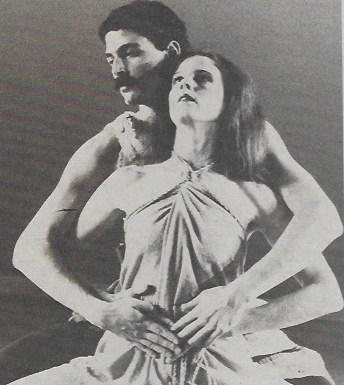A few people have asked me if I am planning to turn the blog into a book. No, I am not. What I am finding most meaningful is the immediate input I get in the comment section or in personal emails. This week’s blog is a result of a comment that Elizabeth McPherson made in response to last week’s blog. She wrote: “Also remember performing Kaddish at a memorial service for Yitzhak Rabin after he was assassinated. That was a very intense experience.” Elizabeth and I emailed back and forth figuring out more about the event. I think we now have a very good picture of how we came to perform Kaddish as a memorial piece for Yitzhak Rabin.
Rabin died on Saturday, November 4, 1995, and it was on November 10th at Rodeph Shalom Congregation that Avodah danced the piece in his memory. Avodah had a strong relationship with Rodeph Shalom (located on 83rdStreet just off of Central Park in New York City). Let My People Go was performed there in 1989 (the piece’s opening season), and during the mid-90’s two Avodah dancers and I would lead dance midrash classes in the religious school. In 1995, we had been booked – many months before Rabin’s assassination – to be part of the November 10th Sabbath service. On November 9thand 10th, synagogues and Jewish organizations often do programs remembering Kristallnacht. The U.S. Holocaust Museum provides the following description of Kristallnacht on its website:
Kristallnacht, literally, “Night of Crystal,” is often referred to as the “Night of Broken Glass.” The name refers to the wave of violent anti-Jewish pogroms which took place on November 9 and 10, 1938. This wave of violence took place throughout Germany, annexed Austria, and in areas of the Sudetenland in Czechoslovakia recently occupied by German troops.Kristallnacht owes its name to the shards of shattered glass that lined German streets in the wake of the pogrom—broken glass from the windows of synagogues, homes, and Jewish-owned businesses plundered and destroyed during the violence. (https://encyclopedia.ushmm.org/content/en/article/kristallnacht)
Avodah was set to perform three Holocaust pieces in the November 10th service: I Never Saw Another Butterfly (which I have written about before), Shema, based on the writings of Primo Levi (and which will be the subject of an upcoming blog), and Kaddish.
Elizabeth has kept her datebooks and has excellent notes of when she was at Rodeph Shalom rehearsing the piece and when she had to be there for the performance. She also commented:
I do remember that there was a huge audience attending the service at Rodeph Shalom on Nov. 10th. It was overwhelming, but also felt really important to be there in that space performing at that moment.
Thank you, Elizabeth, for keeping those datebooks!

About 10 years earlier, on May 9, 1985, we had danced Kaddish in another memorial service. That time it was at Central Synagogue on Lexington Avenue, for Ben Sommers, who had died that week. When we arrived at the Synagogue to begin rehearsing and staging the three pieces we would be doing, the rabbi told us about Ben’s death and that it was appropriate that we were there that evening, as Ben had been the President of Capezio (the famous dancewear company) from 1940 to the time of his death. (Ben had also been a remarkable supporter of dance, including creating the Capezio Foundation, and the Capezio Award for lifetime achievement in dance). We ended our discussion by saying that the dances that evening and particularly Kaddish would be danced in Ben’s memory.
I remember speaking about Kaddish, and Rick Jacobs may have also spoken, since he danced the opening Kaddish solo. During the Oneg Shabbat after the service, Ben’s widow, Estelle Sommers (1919–1994), came up to me and said how meaningful the service was.
For the company, Kaddish was always a powerful piece to perform, but on these two occasions, it was indeed particularly meaningful.
[print_link]

